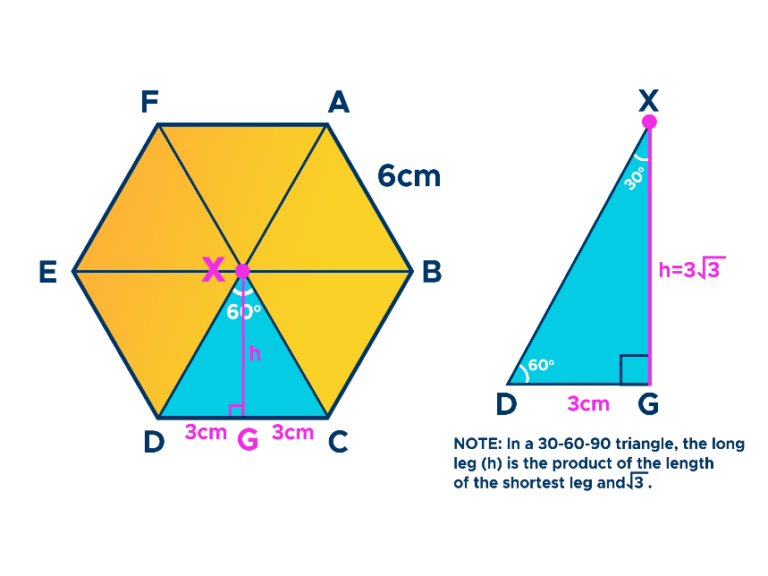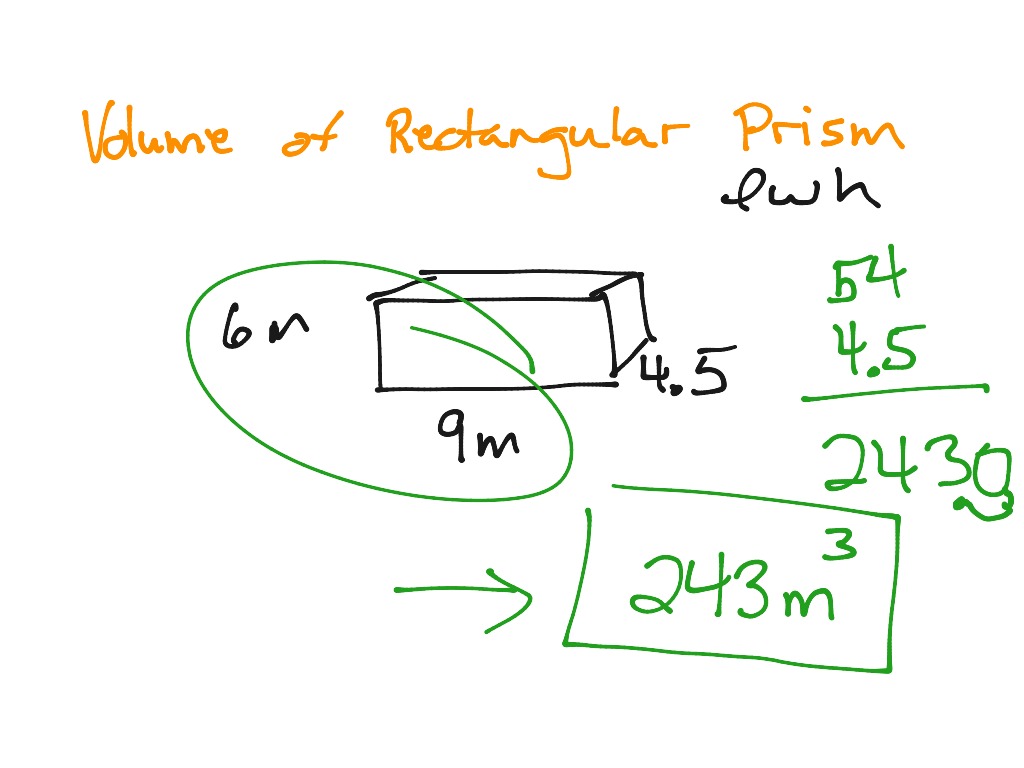

Here's the formula for the triangle area that we need to use:Īrea = a² × sin(Angle β) × sin(Angle γ) / (2 × sin(Angle β + Angle γ)) We're diving even deeper into math's secrets! 😱 In this particular case, our triangular prism area calculator uses the following formula combined with the law of cosines:Īrea = Length × (a + b + √( b² + a² - (2 × b × a × cos(Angle γ)))) + a × b × sin(Angle γ) ▲ 2 angles + side between You can calculate the area of such a triangle using the trigonometry formula: Now it's the time when things get complicated. We used the same equations as in the previous example:Īrea = Length × (a + b + c) + (2 × Base area)Īrea = Length × Base perimeter + (2 × Base area) ▲ 2 sides + angle between Where a, b, c are the sides of a triangular base This can be calculated using the Heron's formula:īase area = 0.25 × √, We're giving you over 15 units to choose from! Remember to always choose the unit given in the query and don't be afraid to mix them our calculator allows that as well!Īs in the previous example, we first need to know the base area.
#Surface area of a hexagonal prism formula plus
Input all three sides wherever you want (a, b, c). Therefore, the surface area of a hexagonal prism would be the area of both of its bases plus the area of all of its six faces.If they gave you all three sides of a triangle – you're the lucky one!

You can input any two given sides of the triangle – be careful and check which ones of them touch the right angle (a, b) and which one doesn't (c).You need to pick the ◣ right triangle option (this option serves as the surface area of a right triangular prism calculator).If only two sides of a triangle are given, it usually means that your triangular face is a right triangle (a triangle that has a right angle = 90° between two of its sides).

Find lateral surface area and total surface area.Find all the information regarding the triangular face that is present in your query: The base of a triangular prism is ΔABC, where AB = 6 cm, BC = 8 cm and ∠B = 90. Q 1: What will be the surface area of a triangular prism if the apothem length, base length, and height are 5 cm, 10 cm, and 18 cm respectively? 1] Rectangular PrismĪ Rectangular Prism has 2 parallel rectangular bases and 4 rectangular faces.Ī triangular prism has 3 rectangular faces and 2 parallel triangular bases.Ī pentagonal prism has 5 rectangular faces and 2 parallel pentagonal bases.Ī hexagonal prism has six rectangular faces and two parallel hexagonal bases. Prisms are of different types, which are named according to their base shape.

Lateral faces join the two polygonal bases. In physics (optics), a prism is defined as the transparent optical element with flat polished surfaces that refract light. In mathematics, a prism is a polyhedron with two polygonal bases parallel to each other. 3 Solved Examples Prism Formula What is Prism?


 0 kommentar(er)
0 kommentar(er)
